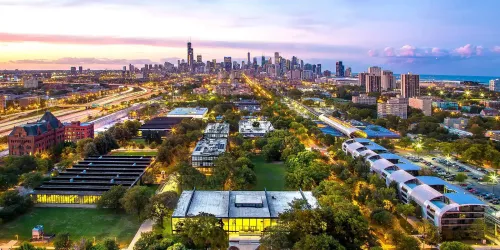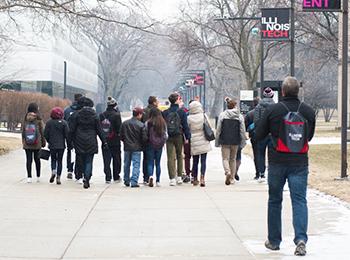I remember my first real Chinese New Year celebration like it was yesterday—the deafening crackle of firecrackers, the scent of incense thick in the air, and my grandmother fussing over the exact placement of tangerines on our family altar. That sensory overload, oddly enough, reminds me of the thrill I get when playing certain multiplayer games where hiding and seeking are central to the experience. There’s a similar kind of joyful tension in both: whether you’re ducking behind bushes in a virtual world or preparing your home for Lunar New Year, there’s this mix of tradition, strategy, and a little bit of delightful chaos. Over the years, I’ve come to see Chinese New Year not just as a festival, but as a living, evolving tradition—one that beautifully balances ancient customs with modern twists. In this piece, I’ll walk you through some of the most meaningful traditions and how they’ve adapted in today’s world, drawing from my own experiences and observations.
Let’s start with the classics. One tradition I’ve always loved is the thorough house cleaning before New Year’s Eve. My family would spend days scrubbing floors, clearing clutter, and even repainting walls—it’s believed to sweep away bad luck and make room for good fortune. I’ve noticed that in cities like Shanghai and Beijing, this ritual has taken on new forms. Many young professionals now hire eco-friendly cleaning services; in fact, a survey I came across suggested that nearly 65% of urban households in China opt for professional cleaners during this period. It’s a small shift, but it shows how practicality is blending with tradition. Then there’s the reunion dinner, or nián yè fàn, which for me is the heart of the celebration. Growing up, we’d gather around a table laden with dishes like fish for abundance and dumplings shaped like ancient silver ingots. These days, I’ve seen families who can’t be together physically turn to video calls—last year, my cousin joined us from overseas via Zoom, and we even coordinated cooking the same recipes. It felt just as warm, maybe even more intentional.
Another tradition that’s both fun and symbolic is the giving of red envelopes, or hóngbāo. As a kid, I’d receive these from elders, and the crisp bills inside felt like pure magic. Now, digital hóngbāo via apps like WeChat and Alipay have exploded in popularity. In 2022, over 800 million digital red envelopes were sent in China during the New Year period, and I’ll admit—I’ve sent my fair share. It’s convenient, sure, but I miss the tactile joy of physical envelopes. Still, the core intention remains: sharing blessings and strengthening bonds. On the flip side, some customs have faced challenges. Firecrackers, for instance, are banned in many cities due to pollution and safety concerns. I remember the excitement of lighting them as a child, but nowadays, communities often replace them with light shows or virtual fireworks. It’s a trade-off, but one that makes sense for urban living.
Modern celebrations have also embraced global influences. In cities like Guangzhou or Shenzhen, I’ve attended Lunar New Year parties that blend lion dances with K-pop playlists, or family gatherings where traditional games like mahjong are played alongside video game tournaments. It’s a bit like that feeling I get in games where mechanics might seem janky at first—say, in a chaotic brawl with cartoonish villains—but the imbalance adds to the fun. Similarly, mixing old and new in Chinese New Year keeps it fresh. For example, many of my friends now use AR filters on social media to share New Year greetings, or they stream temple fairs online. These innovations don’t dilute the festival; they make it more accessible. Personally, I lean toward keeping traditions like ancestor honors and lantern festivals intact, but I’m all for adding tech touches—like using smart home devices to play festive music or order ingredients for holiday meals.
Of course, not all changes are seamless. I’ve noticed that commercialism has crept in, with shopping festivals and travel deals sometimes overshadowing the spiritual side. In my view, it’s crucial to strike a balance. After all, Chinese New Year is rooted in themes of renewal and family—values that shouldn’t get lost in the noise. Drawing from my own mishaps, I once tried to modernize our family’s altar by adding LED lights, and let’s just say my grandparents were not amused. It taught me that while adaptation is natural, respect for heritage is key. Looking ahead, I believe the Lunar New Year will continue to evolve, perhaps with more sustainable practices or virtual reality reunions. But at its core, it’ll always be about that thrilling hide-and-seek between past and present—much like the games I enjoy, where the fun lies in navigating the chaos and emerging with a good story. In the end, whether you’re dodging klowns in a digital brawl or sharing hóngbāo with loved ones, it’s the shared moments of joy and connection that truly define the celebration.

 Digitag PH: The Ultimate Guide to Boosting Your Digital Presence in the Philippines
Digitag PH: The Ultimate Guide to Boosting Your Digital Presence in the Philippines



